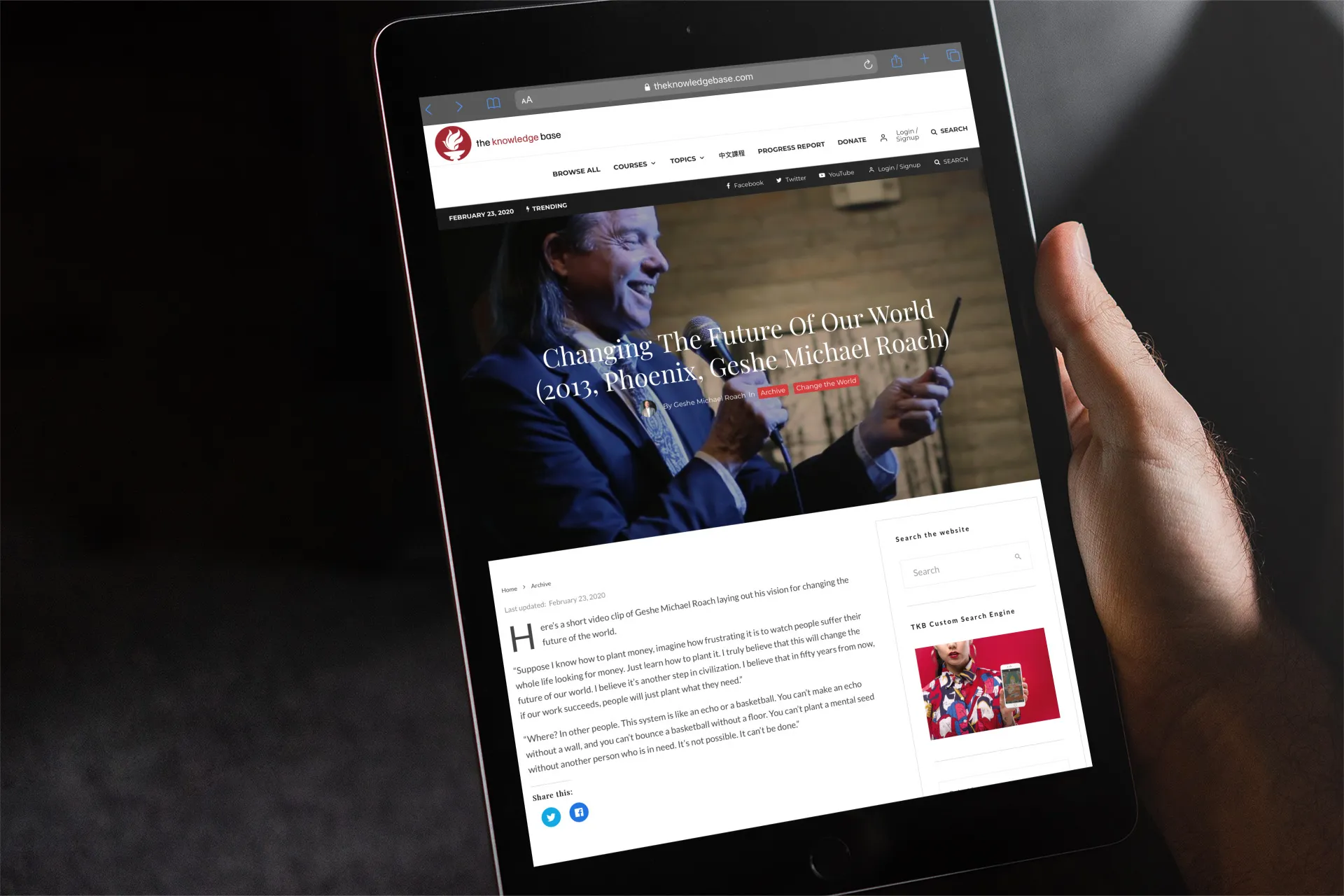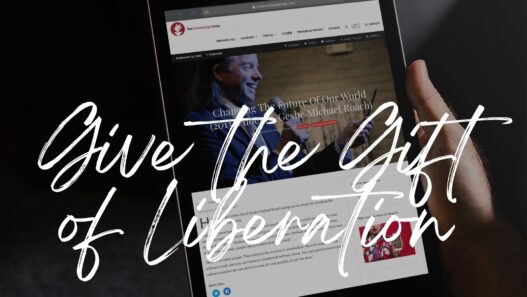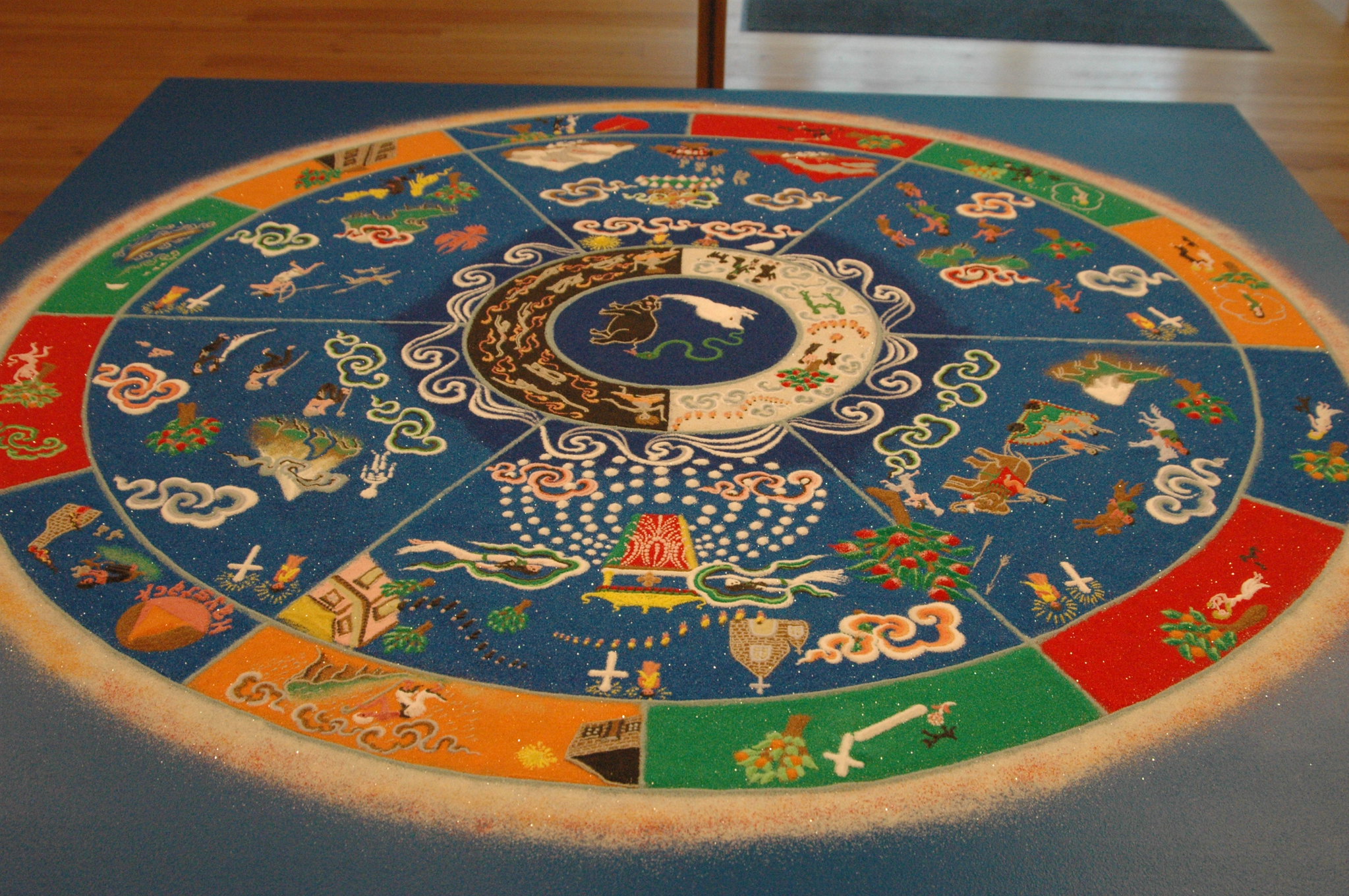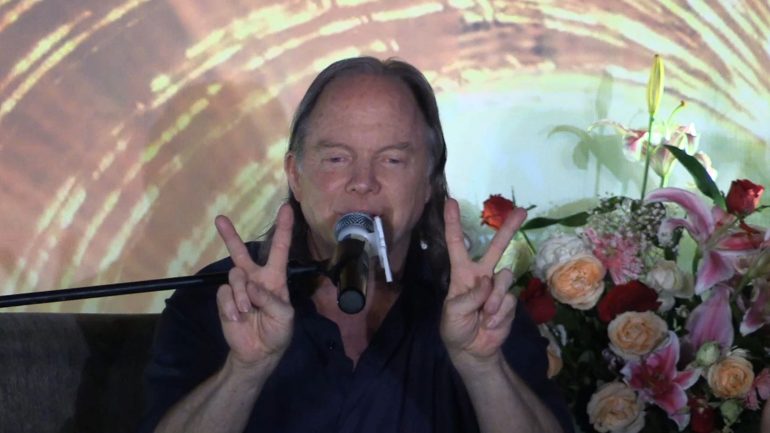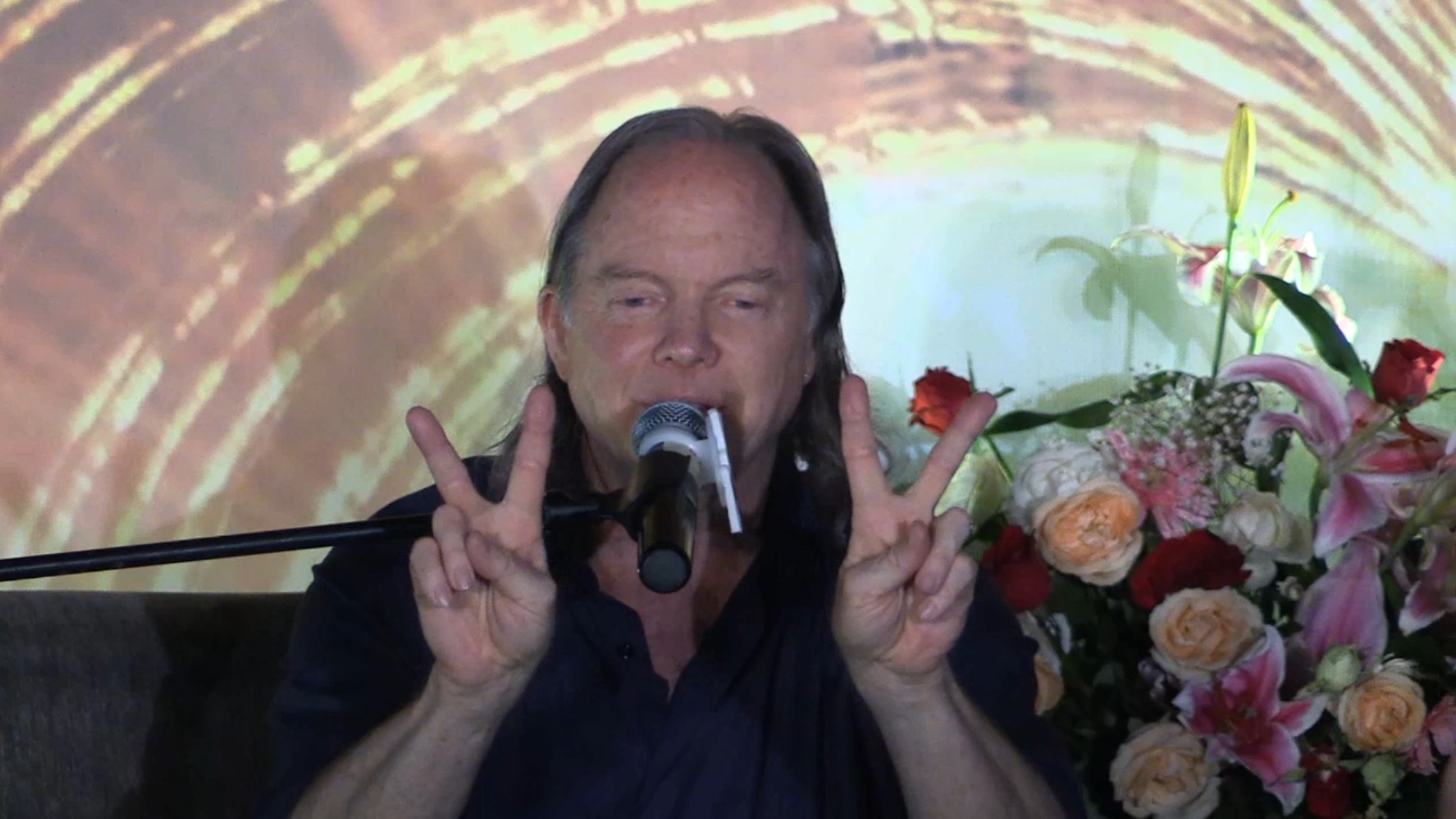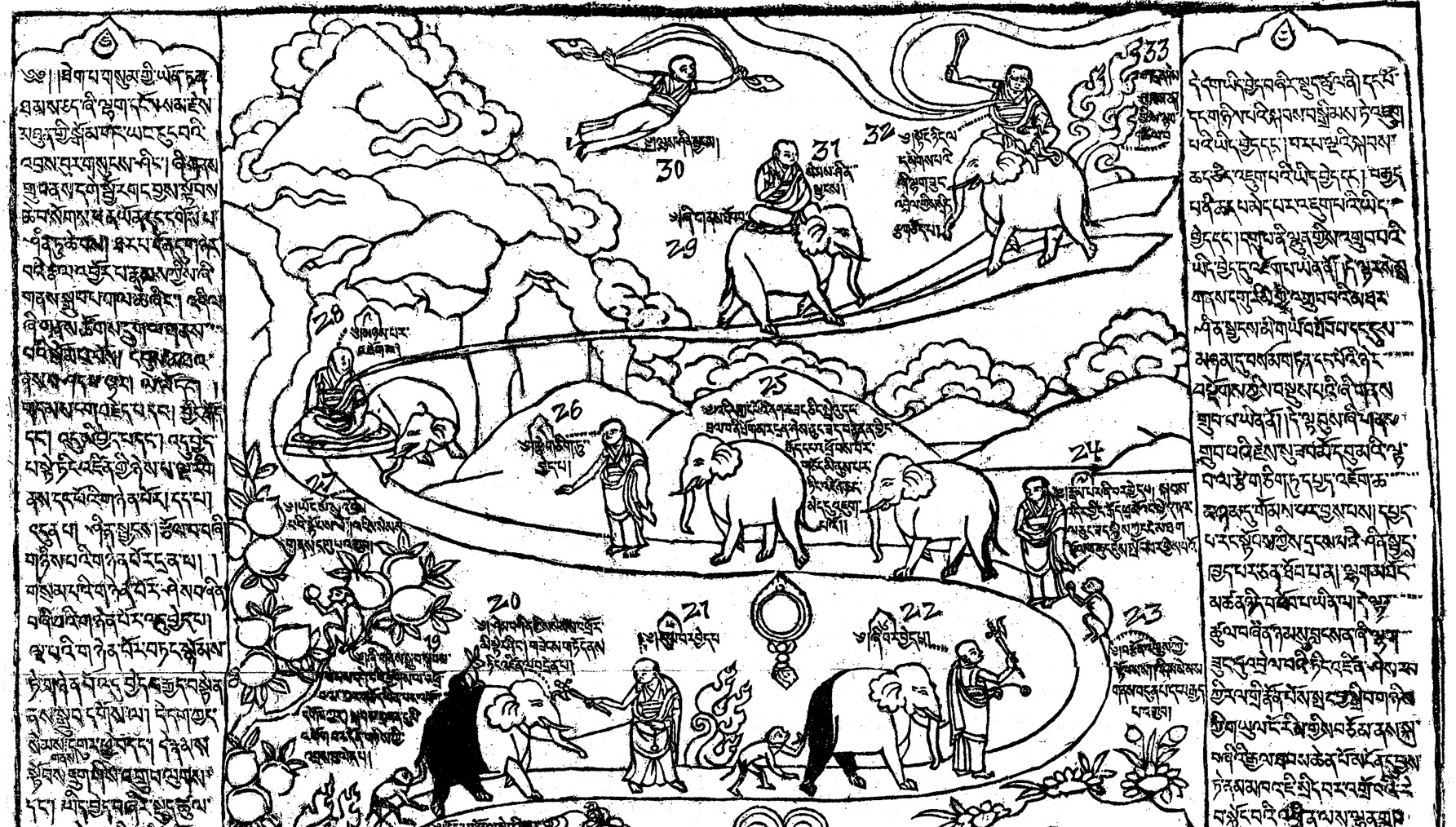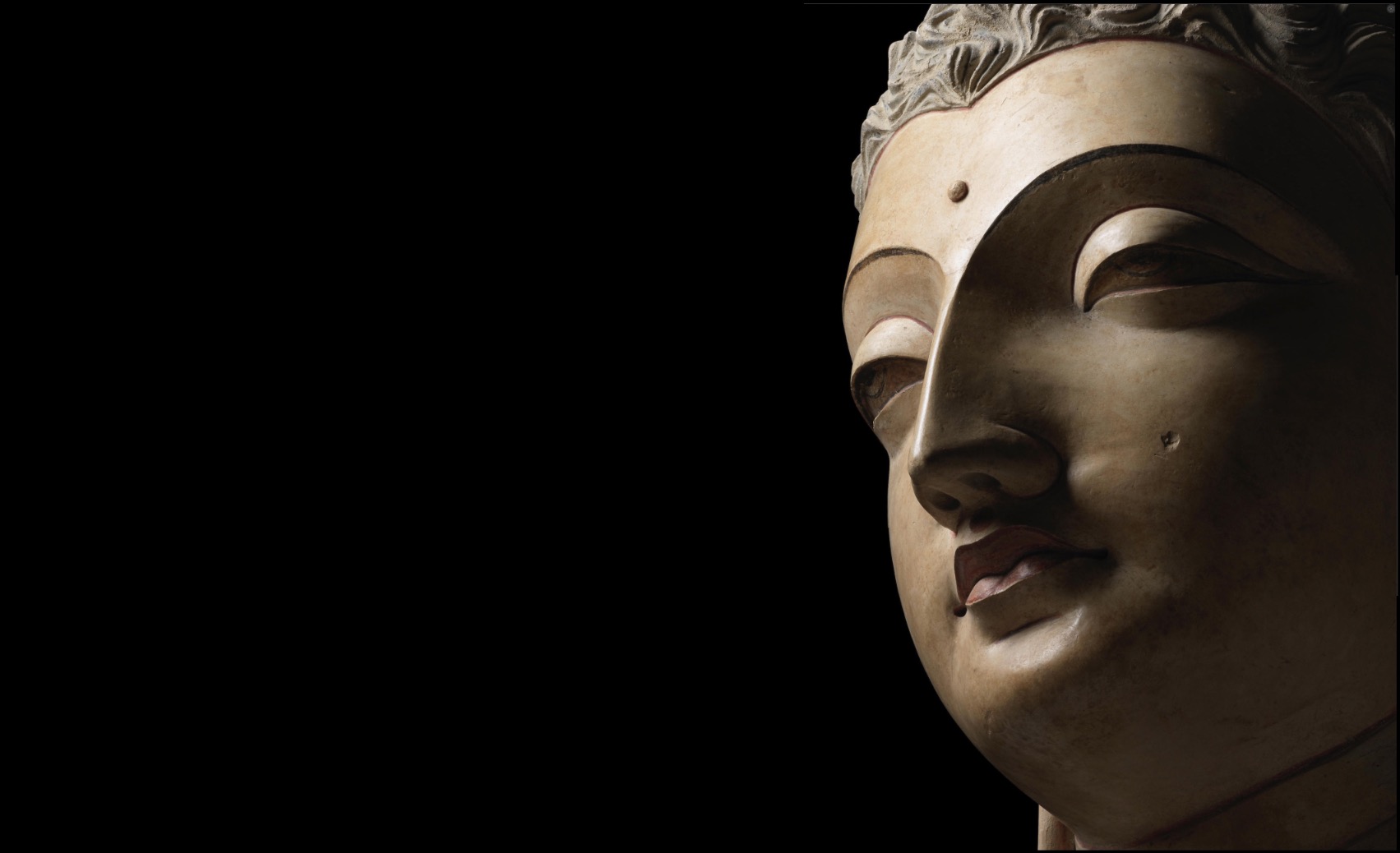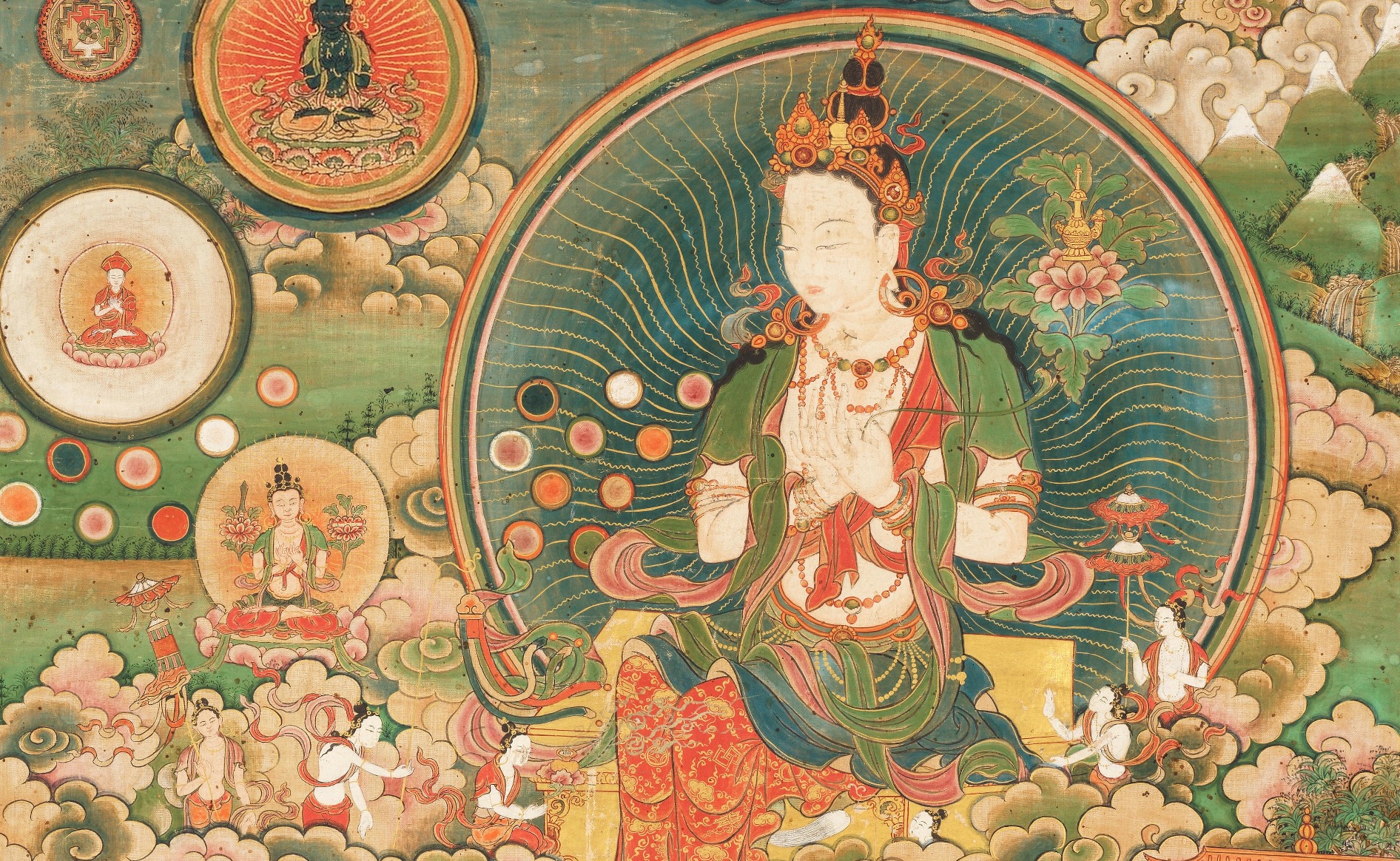Around 1000 AD, 1500 years after the time of the Buddha, the Tibetans undertook a monumental task: to translate thousands of pages of Buddhist literature from Sanskrit into Tibetan. It took them 700 years to complete translations of the kangyur (the word of the Buddha) and the tengyur (the Indian commentaries).
Now, as Buddhism has been making a big push westward, Geshe Michael’s aim is to complete an even larger task: to translate hundreds of thousands of pages of Buddhist literature into modern languages. Since the blossoming of Buddhism in Tibet, no less than 200,000 pages of brilliant commentary have been composed by masters and scholars in the Tibetan language.
In this ongoing series of courses, Geshe Michael’s goal is to create and guide a team of young translators to translate these great classics. First stage is to translate these great classics into English and from there they can be easily translated into modern Chinese, Spanish, German, Russian and many other languages.
This class is by no means only for translators, it’s a rare opportunity to learn these subjects directly from Geshe Michael as he does a word-by-word commentary, and goes much deeper into the finer points of Buddhist philosophy and practice.
Geshe Michael has chosen a number of subjects for this new course series and translator training program. These subjects will include all of the major subjects of the traditional Geshe program, as well as going into other specialized topics which may not normally be included in the Geshe program.
This course series will be organized by the following topics: Upper Middle Way, Meditation on Emptiness, The Mind-Only School, Lower Middle Way, Logic, Higher Knowledge (Abhidharma), Vowed Morality, Developing the Good Heart (Lojong), and Comparative Philosophy.
Background on The Lower Middle Way
In a Gelug Tibetan monastic university, the first 12 years are spent learning the lower half of the Middle-Way School. In the geshe curriculum, the lower half of the Middle-Way school is referred to as the “perfection of wisdom”. The phrase “perfection of wisdom” can refer to a huge collection of original teachings by Lord Buddha; but among the five classical topics it refers to the teachings of the lower half of the Middle-Way School, which itself is the highest of the four ancient schools. This lower half is called the “Independent” Group, based on their belief in the independent power of logic and words.
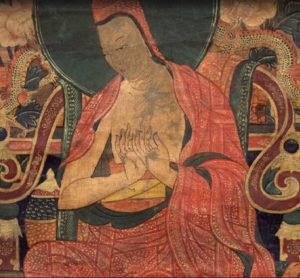 The monastery course on this topic can be considered a review of almost all the great subjects of Mahayana Buddhism: the Greater Way, the way of the bodhisattva who commits to achieve enlightenment so that they can serve all living beings. The course is structured around three great states of realization: the perception of no-self by a practitioner of the lower way; the perception of true emptiness by a bodhisattva; and the omniscience of an enlightened being.
The monastery course on this topic can be considered a review of almost all the great subjects of Mahayana Buddhism: the Greater Way, the way of the bodhisattva who commits to achieve enlightenment so that they can serve all living beings. The course is structured around three great states of realization: the perception of no-self by a practitioner of the lower way; the perception of true emptiness by a bodhisattva; and the omniscience of an enlightened being.
This fourth topic is covered by using the Jewel of Realizations dictated to Master Asanga (seen here, around 350AD) by Lord Maitreya, the Coming Buddha. As with all the other topics, but especially in this case, the course also includes a huge amount of commentary, the greatest of the classics of Tibet.
In addition to these works, there is a monastery tradition to “extract” important subjects from the Jewel and create entire genres of literature based on them. In fact, the first use of the Asian Classics Input Project’s (ACIP) data to print books for use in modern monasteries was to make a collection of these “extracted” works available again for the first time. Whole books are devoted, for example, to the twelve links of dependent origination; and to the third of the four great schools: the Mind-Only School.
One of the great teachings of the lower half of the Middle Way school is Arya Asanga’s presentation of the Wheel of Life. Asanga connects the Lion’s Dance meditation directly to understanding the Wheel of Life. He also discusses how you get into the Wheel and how you stay in the Wheel.
The topics covered in the Lower Middle Way are represented in the following ACI Foundation Courses:
ACI Course 02: Buddhist Refuge (1993, New York)
ACI Course 15: What the Buddha Really Meant (1998, New York)
Typical Subjects covered during the study of the Lower Middle Way: The three kinds of refuge; The wish for enlightenment; What is nirvana?; The proofs for emptiness; Who is Maitreya?; The twelve links of dependent origination in the Wheel of Life; Deep levels of meditation; How do we know when the Buddha was speaking figuratively?; A flow-chart for liberation.
For this course series Geshe Michael has chosen the following text for our continued study of the Lower Middle Way. Below you can find all of the video and audio to date, as well as a link to Sugeng Shi’s current translation:
An Analysis of Dependence: All Things Depend on Each Other The Buddhist Teaching of the Wheel of Life, written by Kedrup Tenpa Dargye (1493-1568)
Current Translation by Sugeng Shi with Geshe Michael Roach
Video Playlist
This is a video playlist. Just click for the next video to see additional videos in the series.
